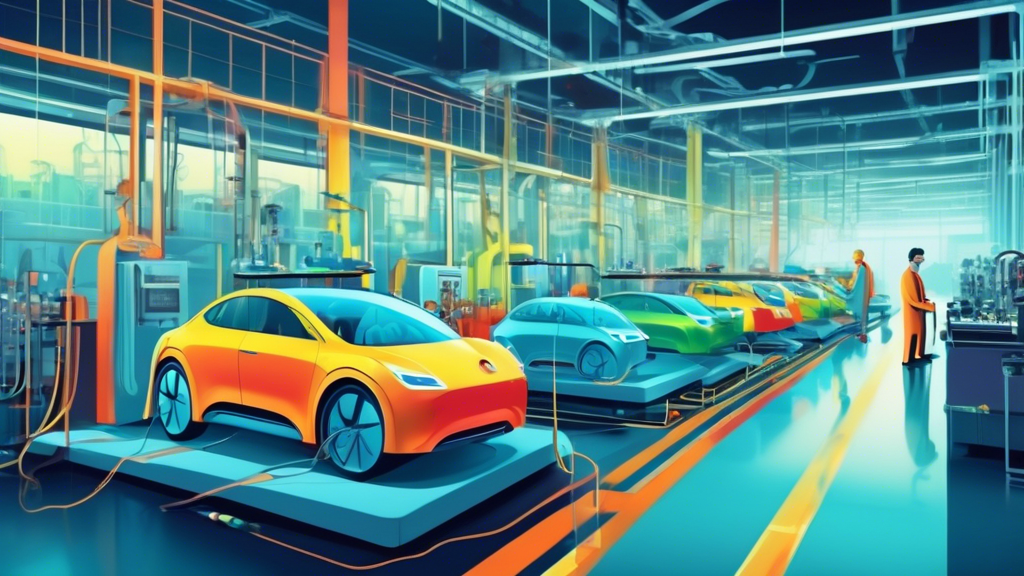
Is Your Electric Car as Green as You Think?
Carbon Dioxide Emission in Electric Cars – You’ve ditched the gas guzzler for an electric vehicle (EV), patting yourself on the back as you cruise past the gas stations. But before you crown yourself king or queen of green, have you ever wondered what made your shiny new toy? Electric cars are marketed as environmentally friendly, but their manufacturing process tells a different story.
Unveiling the Hidden Emissary: Carbon Dioxide in EV Manufacturing
It’s a no-brainer that EVs emit fewer greenhouse gases while on the road, but the manufacturing process is a bit more, let’s say, carbon-intensive. Why, you ask? Buckle up because we’re diving into the world of batteries, the heart and soul of your electric ride.
Battery Production: The Carbon Dioxide Footprint Culprit
EV batteries aren’t just hefty in weight but also heavy on CO2 emissions. Crafting these powerhouses primarily involves lithium, cobalt, and nickel, which must be mined, processed, and transformed into high-performance batteries. This process is energy-intensive, especially when mining and refining these materials. Guess what? Most energy is often sourced from fossil fuels, ironically making your electric car’s beginnings not so electric.
For instance, producing an electric vehicle’s battery alone could generate anywhere from six to 15 tons of CO2. Compared to the production of a conventional car’s engine, the scales of carbon footprint tip a bit unfavorably towards our eco-friendly autos. Surprised? Don’t worry. It’s a familiar blind spot for many green enthusiasts.
Location, Location, Location: The Geography of Production
Not all EV batteries are born equal—not in terms of their carbon footprint. The geographical location of the battery manufacturers plays a pivotal role. For example, producing batteries in a country that relies heavily on coal for electricity (looking at you, China) will emit more CO2 than producing them in, say, Norway, where hydroelectric power is king.
Thus, an electric car made in Beijing might have a far different environmental impact than one made in Bergen despite being the same model. It’s all about the context, folks!
But Wait, There’s a Silver Lining!
First, the not-so-great news is in the air, but let’s not drive off the cliff of despair just yet. The overall lifecycle emissions of electric cars, which include manufacturing, operation, and disposal, are generally lower than those of traditional vehicles. Essentially, while the upfront emissions are higher, EVs tend to compensate by being significantly cleaner during their lifespan. Clean energy innovations and recycling advancements continue to reduce the carbon footprint of battery production.
Moreover, the more we invest in and adopt electric vehicles, the more incentive there is for improving the production process. Investments are pouring into cleaner battery technologies, more efficient manufacturing processes, and even the development of solid-state batteries, which promise to be cleaner and more efficient.
So, Should You Rethink Going Electric?
Not necessarily. The transition to electric vehicles is critical to our shift towards a sustainable future. However, it’s crucial to stay informed about all the facets of EV technology, including the manufacturing process. By understanding the full picture, you can make more conscious choices, advocate for improvements, and support policies that promote cleaner production practices.
So, next time you ride in your electric car, remember that it’s not just a vehicle but a work in progress towards a cleaner planet. Will you contribute to the journey?
